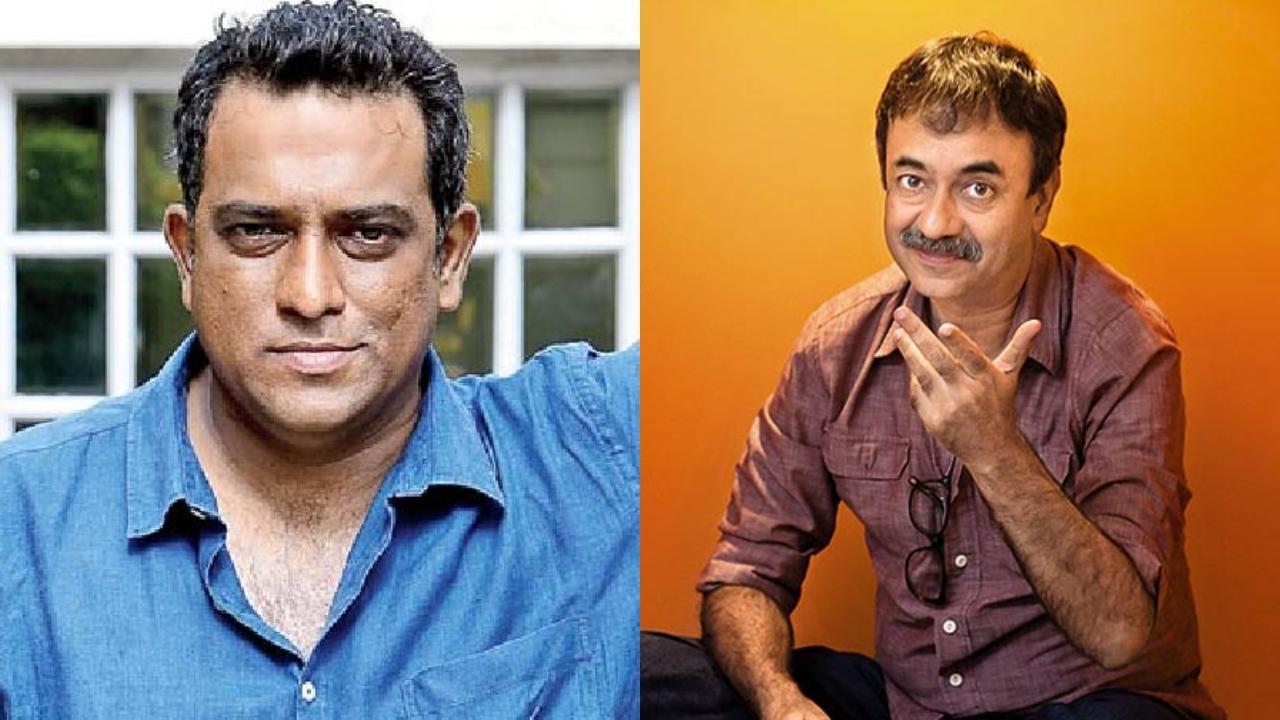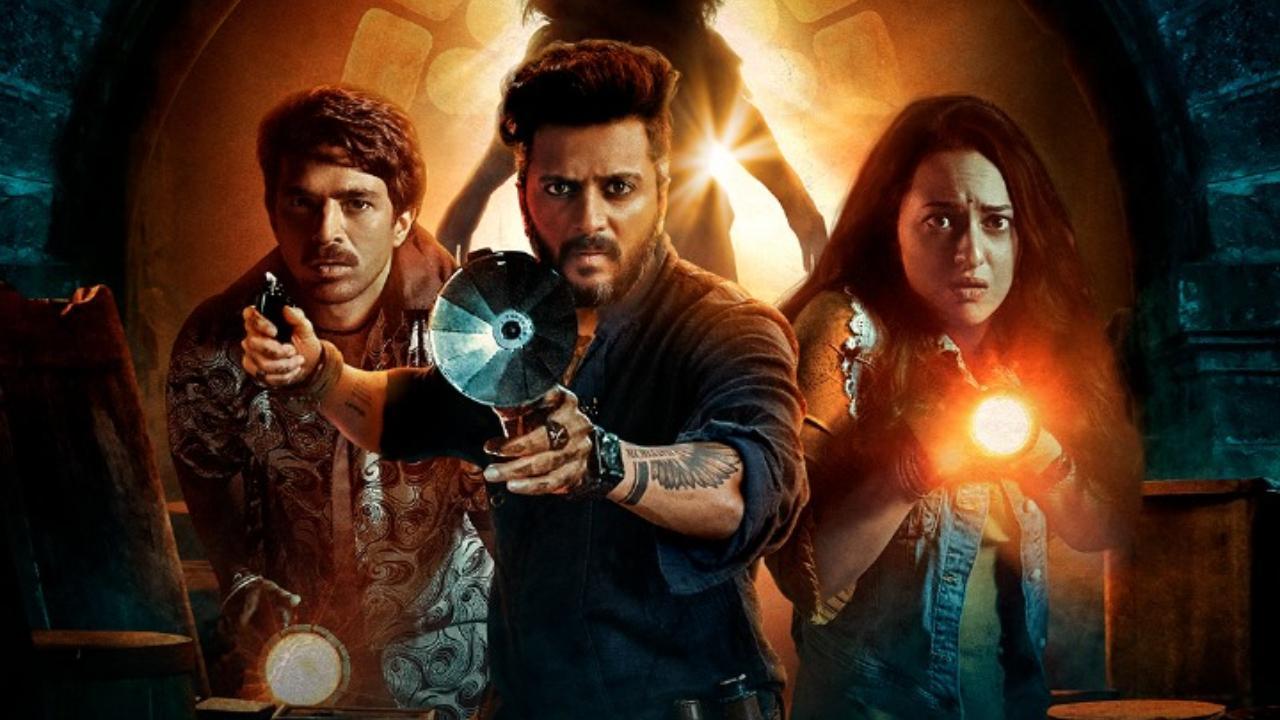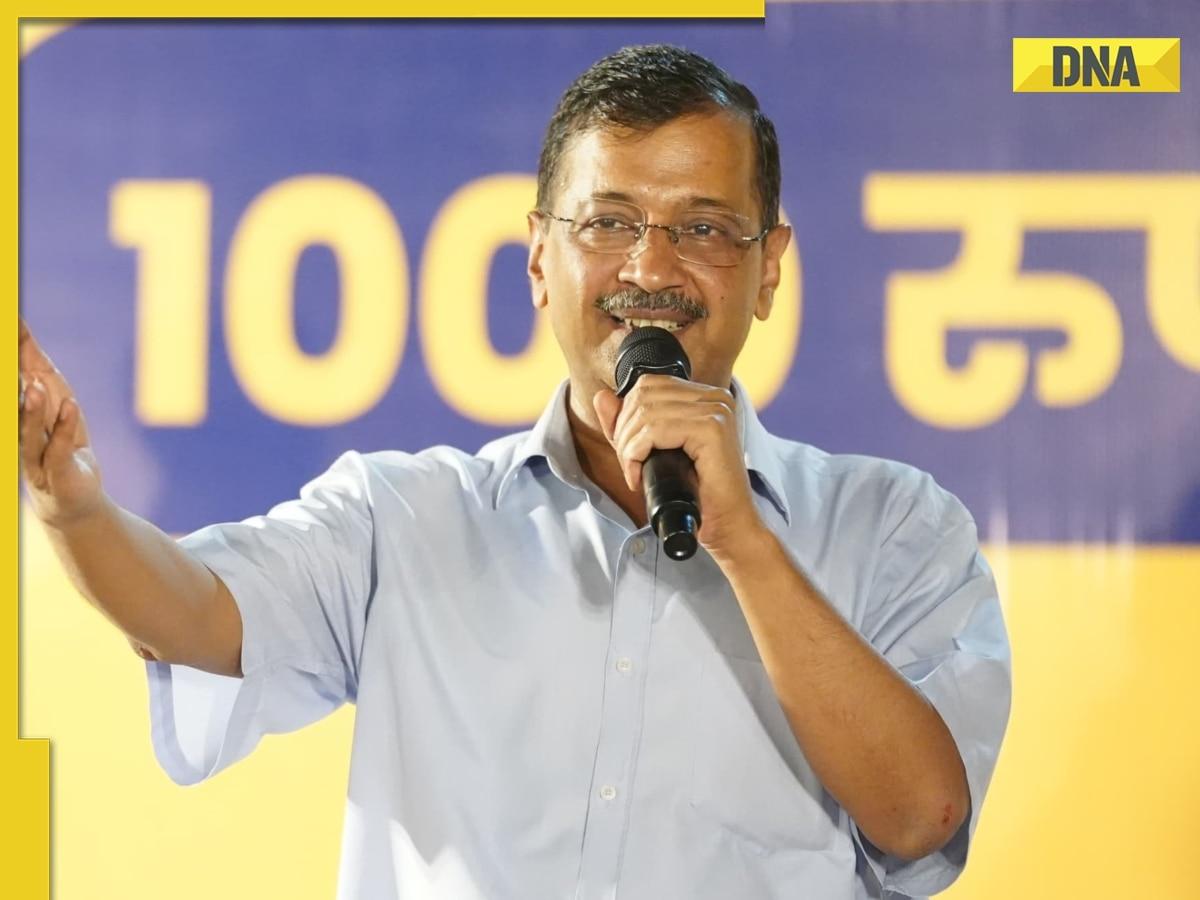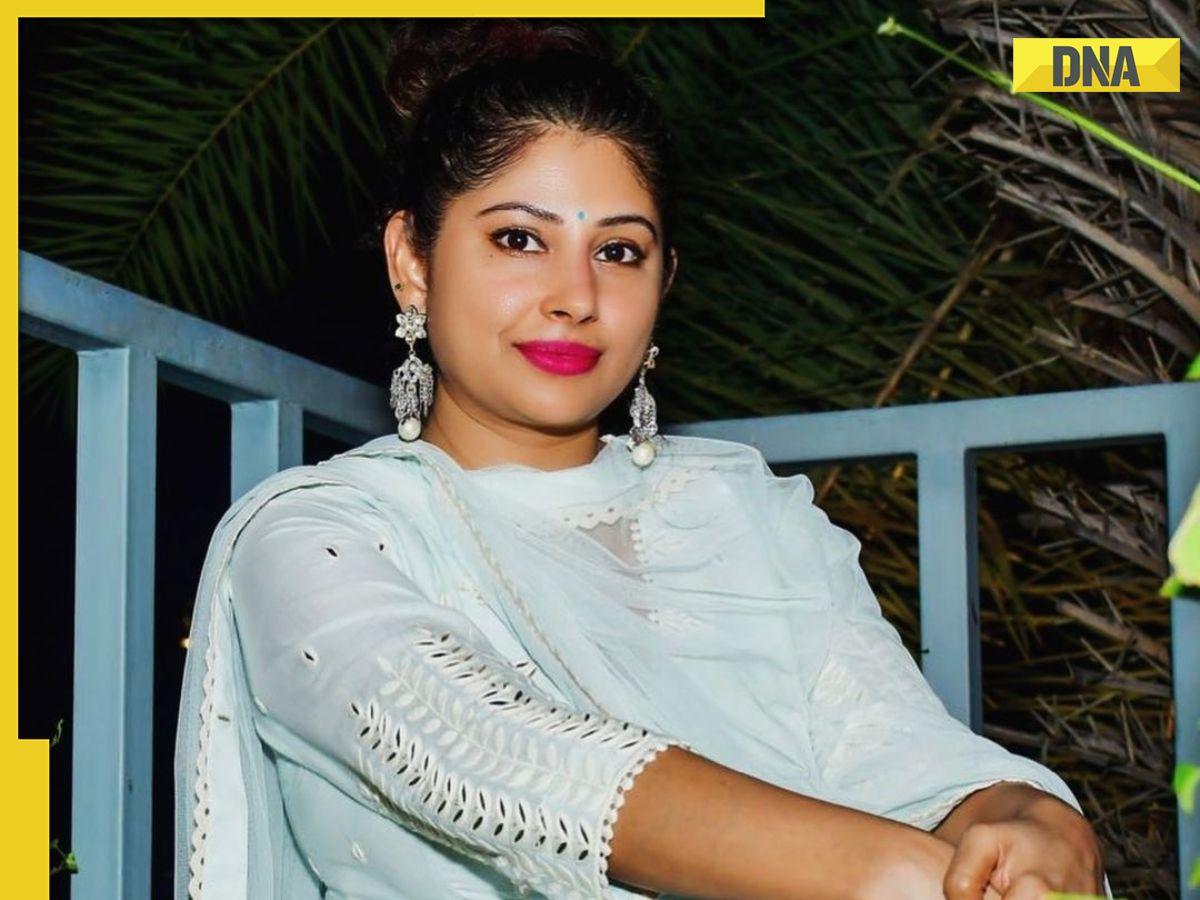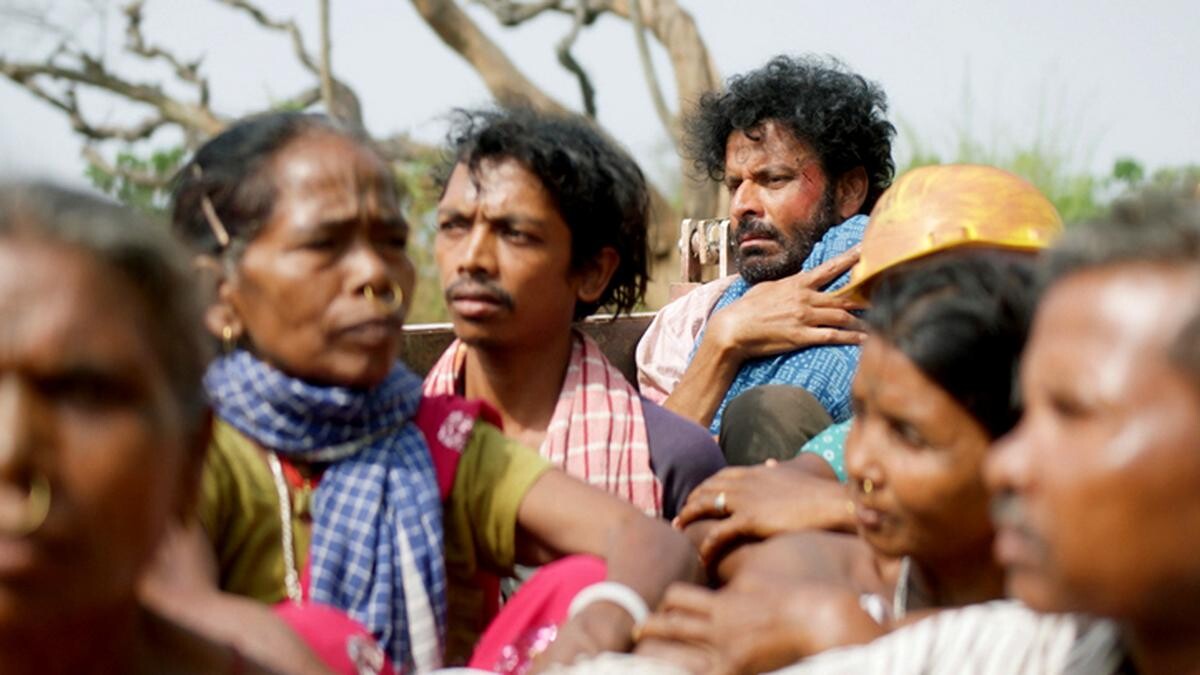
In an era when the political strategies of the Bharatiya Janata Party are yielding significant electoral gains within tribal populations, the Indian entertainment industry is beginning to shift its focus onto a societal segment that makes up approximately 8.5% of the nation’s populace.
Historically, the narrative around indigenous communities has been plagued by cliches and stereotypes. These communities have frequently been depicted as savage beings, mindlessly engaged in violent acts to preserve anachronistic customs and traditions, desperately requiring the civilizing influence of the central hero. Their women have been shown as innocent and naive, easily swayed by the power and masculinity of the male lead from the city.
Tribal individuals have been eroticized to cater to the urban audience, forging a viewpoint that when it comes to expressing their culture, indigenous groups have nothing more to offer than exotic dances to tunes like ‘Chadh Gayo Papi Bichua’ or nonsensical chants. The cinematic representation, ranging from films like Madhumati (1958) and Talash (1969) to Carvan (1971) and Shalimar (1978), has consistently reduced these characters to simplistic caricatures, donning accessories adorned with beads and feathers.
Not even the revered filmmaker Satyajit Ray could escape falling into this trap, as seen in ‘Aranyer Din Ratri’ (1970), wherein actor Simi Garewal’s features were darkened to portray a tribal character whose resistance fades before the cultured sheheri babu, the bhadralok. With limited influence over the workings of the industry and with their narratives barely making a dent at the box office, the counter-narratives from these communities have been faint.
However, there was a remarkable departure from this trend with Mrinal Sen’s ‘Mrigaya’ (1976), unveiled during the Emergency period. It is an allegorical tale about the rule of law within disparate societies. The movie juxtaposes the impunity afforded to a lecherous moneylender under colonial favor against the harsh punishment meted out to a young tribal protagonist when he fights to protect his wife, symbolizing a broader theme of resistance against systemic injustice.
Moving ahead by four decades, S.S. Rajamouli’s ‘Bahubali’ presented a dubiously problematic portrayal of indigenous tribes, suggesting that only those who integrated into the Hindu way of life could transcend their ‘primitive’ state.
However, more recent contributions to Indian entertainment have sparked nuanced discussions on tribal identity and survival. Writers are finally giving tribal characters the narrative importance they deserve, moving past generic storytelling to present authentic lived experiences. Tribal voices are no longer romanticized, and female characters are portrayed with agency and significance. The momentum for this change seems to have its roots in the southern film industry, manifested in ‘Jai Bhim’ (2021), where a tribal woman courageously stands up to oppressive forces within the bounds of constitutional justice. Rajamouli, too, made amends in ‘RRR’ (2022), where the character of the Gond girl Malli serves as a metaphor for the exploitation of tribal wealth by those in power.
In the domain of popular media, Amar Kaushik’s ‘Bhediya’ (2022) cleverly interweaves the beliefs and lore of the Apatani tribe in North East India to promote a message of sustainable development, championing the motto “prakarti hai to pragati hai” (If nature thrives, progress follows).
Richie Mehta’s ‘Delhi Crime’ Season 2 on Netflix highlights systemic biases against denotified tribes as they are wrongfully accused in a series of heinous crimes in South Delhi. The series dissects the prejudice that permeates parts of the government and law enforcement, as well as society’s general outlook on these communities. Rather than furthering the stigma, the narrative eventually champions the fair-minded members of the same system, like the officers Vartika Chaturvedi and Bhupendra, who challenge prevailing prejudices.
‘Joram,’ directed by Devashish Makhija, removes the common conflation of tribal issues with the Naxal insurgency. It portrays how the pursuit of ‘development’ often culminates in the devastation of tribal land and culture. Elsewhere, Navdeep Singh’s ‘Shehar Lakhot’ on Amazon Prime illustrates the diversity among tribal communities, as a Ph.D.-holding tribal leader stands against the exploitation of tribal lands in Rajasthan.
Other notable media productions like ‘Aar Ya Paar’ on Disney Hotstar and ‘The Jengaburu Curse’ on SonyLiv address the various challenges tribal communities face, from the insatiable greed of corporations to the impacts of climate change. ‘Kaala Paani’ on Netflix further extends the conversation, evaluating the tension between indigenous knowledge and the pressures of modern development.
This refashioned portrayal underscores a transformative phase in Indian media where indigenous identities are becoming nuanced, multifaceted characters integral to the storytelling, thus gradually dismantling deep-seated stereotypes and providing a platform for cultural understanding and appreciation.



